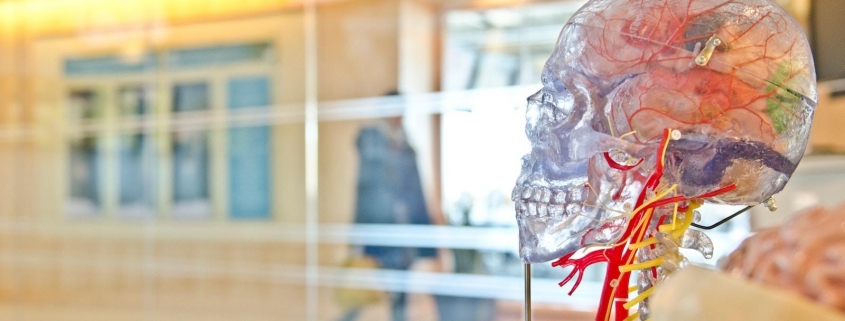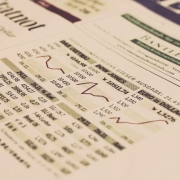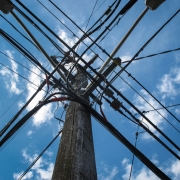Globally stroke is the leading cause of permanent disability, death and healthcare costs. But treatment for strokes is very time-dependent. Stroke identification and notification of a specialist is critical.
I’m sure we have all had to wait in A&E for hours before we were seen. But what if we had a four-hour delay in getting emergency surgery. It takes four hours to move from the accident and emergency ward to the operating table.
This happened to a woman in her early 30s after being hit by a car in London four years ago.
Her surgeon Chris Mansi discovered the four-hour delay brought with it the delay in identifying a large blood clot in her brain which needed immediate treatment.
Where AI meets A&E
As a result, Mr Mansi has coordinated setting up a firm called Viz.ai. Purpose: use a form of artificial intelligence to identify patients who need urgent treatment from those who are safe to wait.
We have all read about the changing outlook to using machine learning for doctor to patient treatments. The aim is clear: get the right patient to the right doctor at the right time.
February saw a life-changing approval from regulators in the United States. Viz.ai has now been primarily introduced in America’s “stroke belt” (the south-east) where the brain scans can identify strokes caused by a blockage of a large blood vessel.
Tom Devlin from Erlanger Health System in Tennessee states: “We know we lose 2m brain cells every minute the clot is there”. Thrombectomy operations specifically for strokes are rarely used. By the time a surgical team has assembled, too much of the patient’s brain has died. Viz.ai will identify urgent cases, sending on-call specialists immediate scans. This will ultimately improve a patient’s outcome. Erlanger Health System turned on its Viz.ai system in July.
AI taking over
Not only is AI prevalent in stroke identification, but also in oncology. There is now an AI skin-cancer-detection system that can do better than most dermatologists. The University of Heidelberg in Germany tested an AI system against 58 dermatologists. The dermatologists could identify 86.6% of skin cancers. The computer; 95%. There has been progress in breast cancer detection too.
Heart disease is also a target for AI, especially with speed on the computer’s side.
What does this mean for doctors?
Although all this suggests a potential decline in the need for doctors, this is far from the case. AI will not make human experts redundant. These are a narrow range of tasks which still need constant supervision.
However, let’s not forget that this will remove a lot of error from diagnosis. The key here is time. Whether being screened for heart disease or in A&E after a car accident, there is more time to be saved.











Trackbacks & Pingbacks
[…] efficient in administration and networking and shows no sign of slowing down. Just refer to our ‘The Time AI to A&E’ blog to see how far it is […]
Leave a Reply
Want to join the discussion?Feel free to contribute!